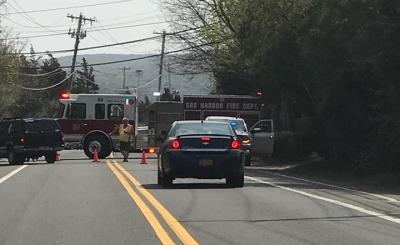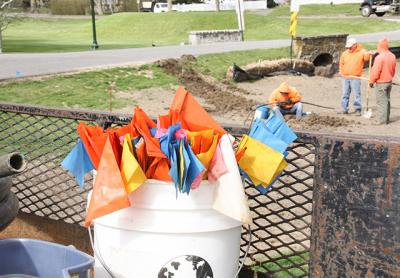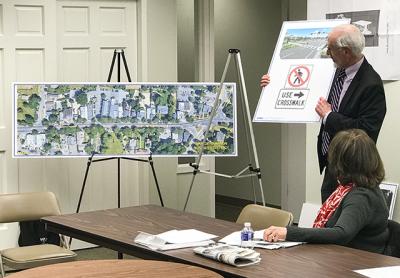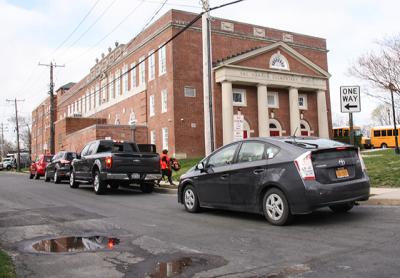East Hampton Town Trustee Charged With D.W.I.
East Hampton Town Trustee Charged With D.W.I.
An East Hampton Town Trustee was arrested on drunken driving charges early Saturday morning. Town police said they clocked John Tyler Armstrong, 30, driving a 1999 Subaru Legacy, at 62 miles per hour on Cedar Street, where the speed limit is 30 m.p.h., adding that the Subaru had been swerving across the road. He was stopped near Fieldview Lane at about 3 a.m.
Mr. Armstrong failed roadside sobriety tests, police said, before being taken to headquarters in Wainscott, where a breath test allegedly produced a reading of .13 of 1 percent. A reading of .08 or higher defines intoxication.
He was arraigned several hours later before East Hampton Town Justice Lisa R. Rana, who suspended his driver's license.
"How long is the suspension?" Mr. Armstrong asked.
"The suspension stays in place until the case is adjudicated," she told him. Noting that this was his first-ever brush with the law, Justice Rana suggested that he could be eligible for a hardship license that would allow him to drive to and from work.
She released him without bail, with a future date in court of May 25, warning him to be there that day or a warrant would be issued for his arrest. "You don't want that," she said.
"I sure don't," he replied. "I don't want any of this, but I messed up."
Mr. Armstrong is completing his first two-year term as a trustee after being elected in 2015 on the Democratic ticket, and is running for re-election this fall. A sign of his popularity in the community was his election in February to the whimsical post of Mr. Amagansett, a benefit event that is held every year. Mr. Armstrong is an Amagansett resident.






